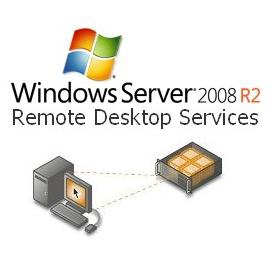
MICROSOFT OPEN Windows Remote Desktop Services Cal 2008 R2 - Single Language - Mol No Lev - User Cal
Remote Desktop Services
With Remote Desktop Services (RDS), one of the core virtualization technologies available in Windows Server 2008 R2, Microsoft is progressing in its vision to provide the best virtualization platform for accelerating and extending desktop and application deployments from the data center to any device. In addition to the traditional session virtualization scenario (formerly known as “Terminal Services”), Remote Desktop Services is expanding its role to provide an extensible platform for a Virtual Desktop Infrastructure (VDI).
Remote Desktop Services (RDS) makes it possible to run an application or an entire desktop in one location, but have it be controlled in another. With RDS, you can install and manage session-based desktops and applications, or virtual-machine based desktops on centralized servers in the data center; screen images are delivered to the users, and the users' client machines, in turn, send keystrokes and mouse movements back to the server. When using Remote Desktop Services, administrators can present users with an entire desktop environment, or with their individual applications and data which they require to complete their task. From a user perspective, these applications are integrated seamlessly—looking, feeling, and behaving like local applications.
Results 0
- Reviews
- Write Review
- Questions and Answers
- Ask Question















